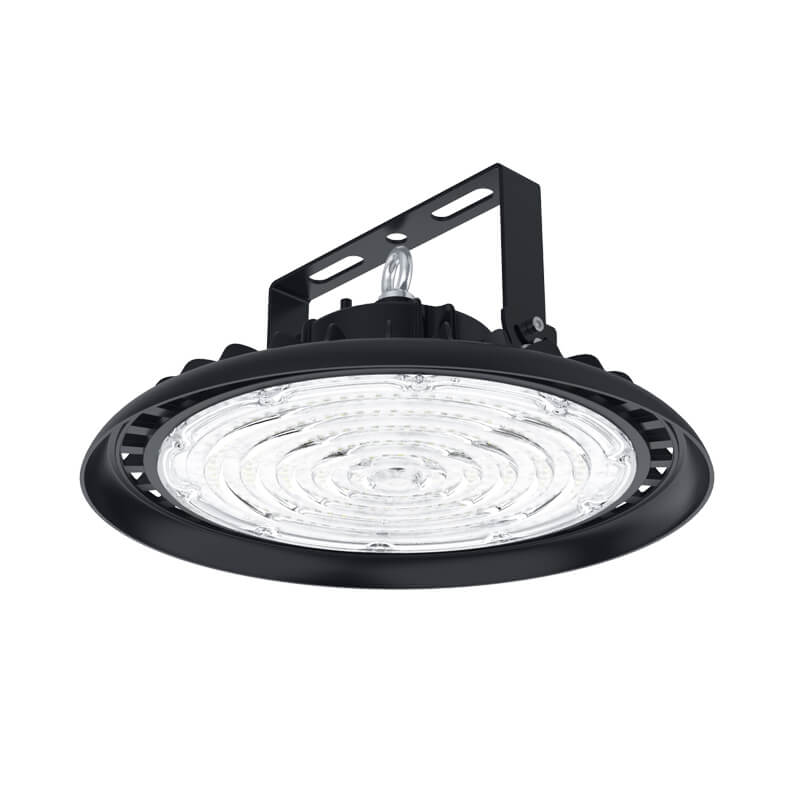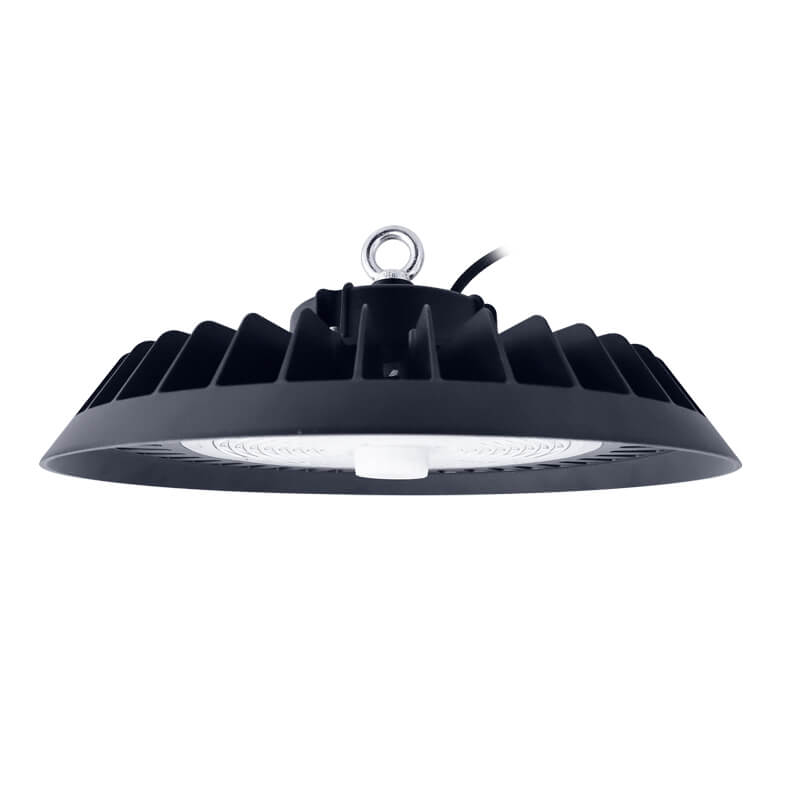Home » High Bays
Wholesale High Bay LED Lights
Murcu will provide you with superior and comprehensive high bay LED lighting solutions, durable exterior materials and long-lasting drivers. High bay LED light, UFO high bay light, mega LED high bay lights, linear high bay lights and other LED lighting solutions are included. For customized, exclusive solutions, please feel free to contact our team.
Features of High Bay Lights From Murcu
Murcu’s high bay lights boast impressive features such as an efficacy of up to 200 lm/w, offering exceptional brightness while conserving energy. With a color consistency measured by SDCM of less than 5, these lights maintain uniformity in color output. They come with various beam angles (60°, 90°, and 120°) to suit different lighting needs. Designed to last, they have a lifetime rating of L70/B10 at 100,000 hours, ensuring longevity and reliability. Installation is versatile, with options for brackets and lifting rings, and they are built to withstand tough conditions with an IP65 rating. Additionally, each fixture is backed by a 5-year warranty, providing peace of mind.
Advantages of High Bay Lights At Murcu
Energy Efficiency
High bay lights dramatically reduce energy consumption, leading to substantial cost savings for businesses over time.
Long Lifespan
With a lifespan of up to 100,000 hours, these lights minimize replacement costs and maintenance efforts, making them a smart investment.
Durability
The robust design, coupled with an IP65 rating, ensures protection against dust and water, making them suitable for harsh environments.
High Lumen Output
These fixtures provide superior brightness, effectively illuminating expansive areas to enhance visibility and safety.
Versatile Installation Options
The flexibility of installation methods, such as brackets or lifting rings, makes it easy to adapt to various settings.
Low Maintenance
Their long-lasting nature reduces the frequency of maintenance, allowing businesses to focus on operations rather than lighting issues.
Applications of High Bay Lights

Warehouses
High bay lights efficiently illuminate vast storage areas, ensuring safety and ease of movement for workers and equipment.
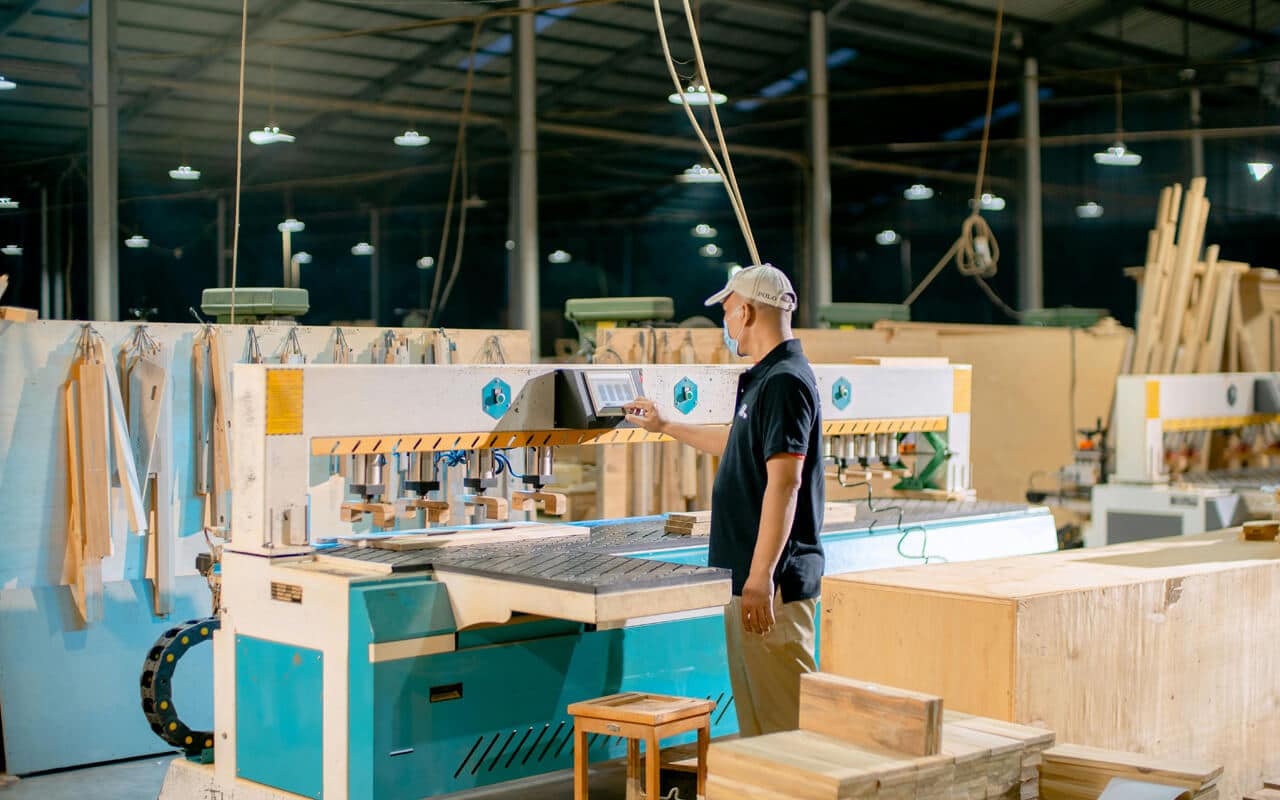
Manufacturing Plants
In factories, these lights enhance visibility, contributing to a safer work environment and boosting productivity.
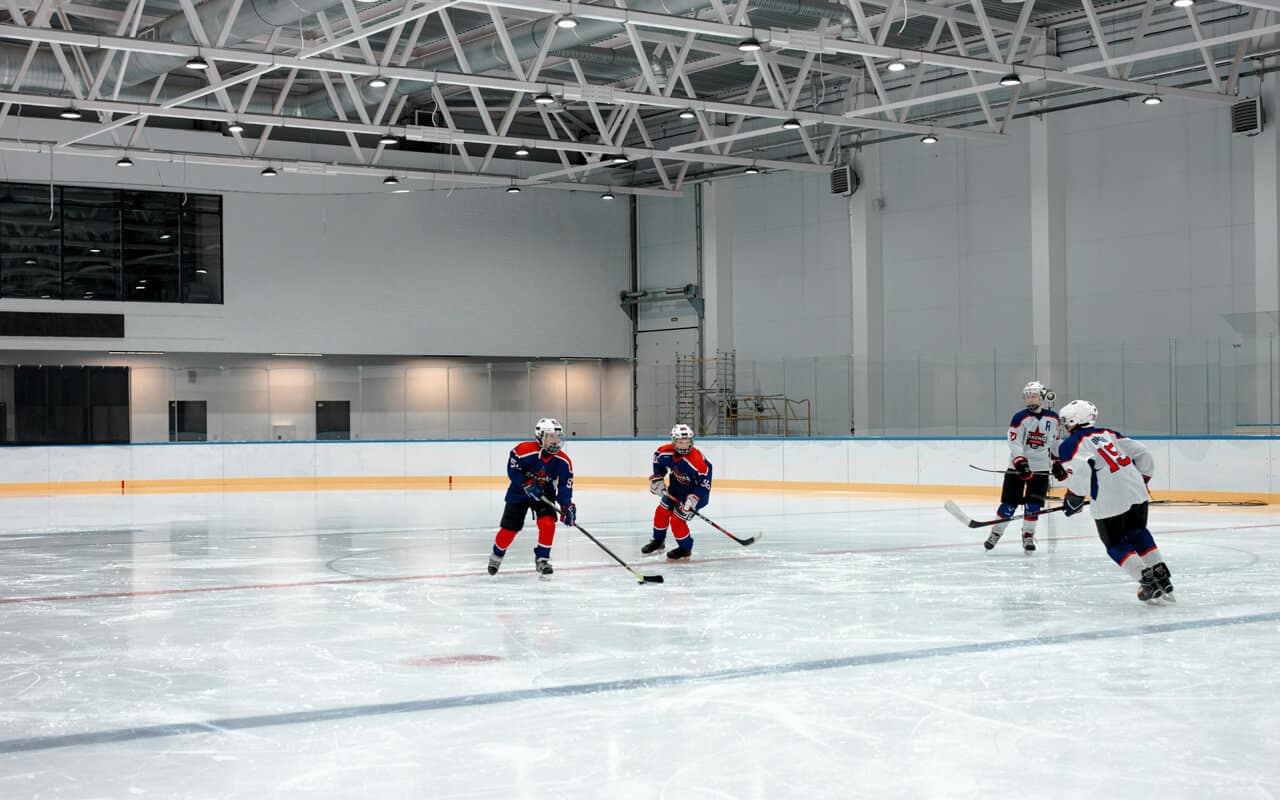
Gymnasiums
Adequate lighting in gyms and sports facilities creates a vibrant atmosphere for athletes and spectators alike.
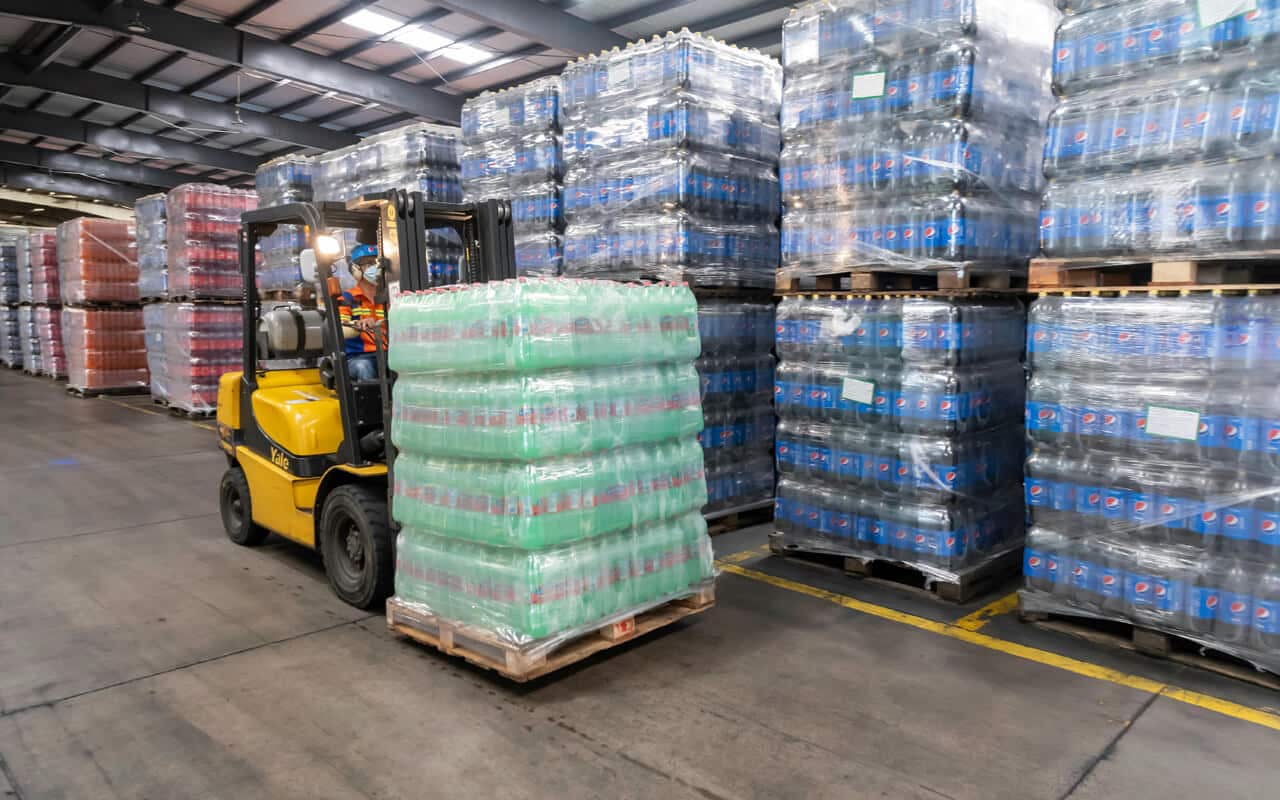
Loading Docks
Proper illumination at loading docks ensures safe operations during loading and unloading activities.
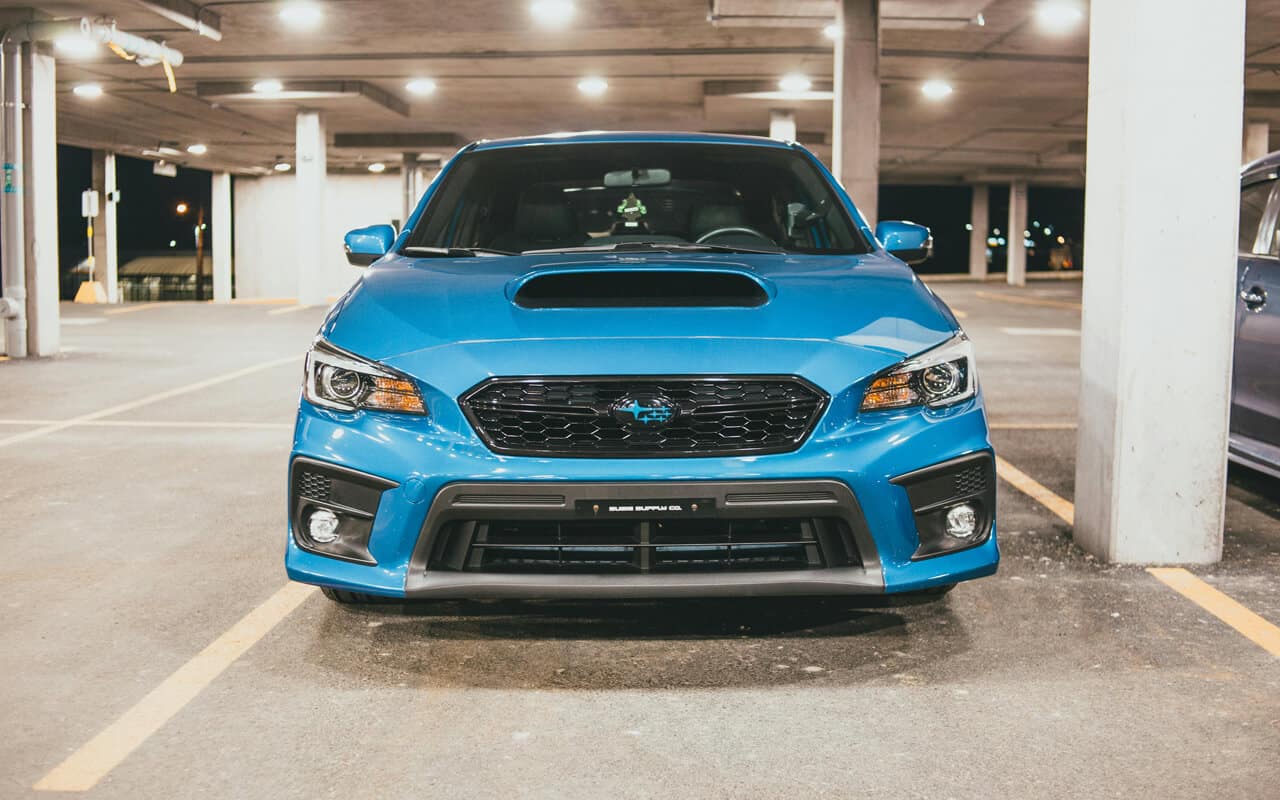
Parking Garages
High bay lights provide bright, clear visibility in parking structures, enhancing safety for both vehicles and pedestrians.
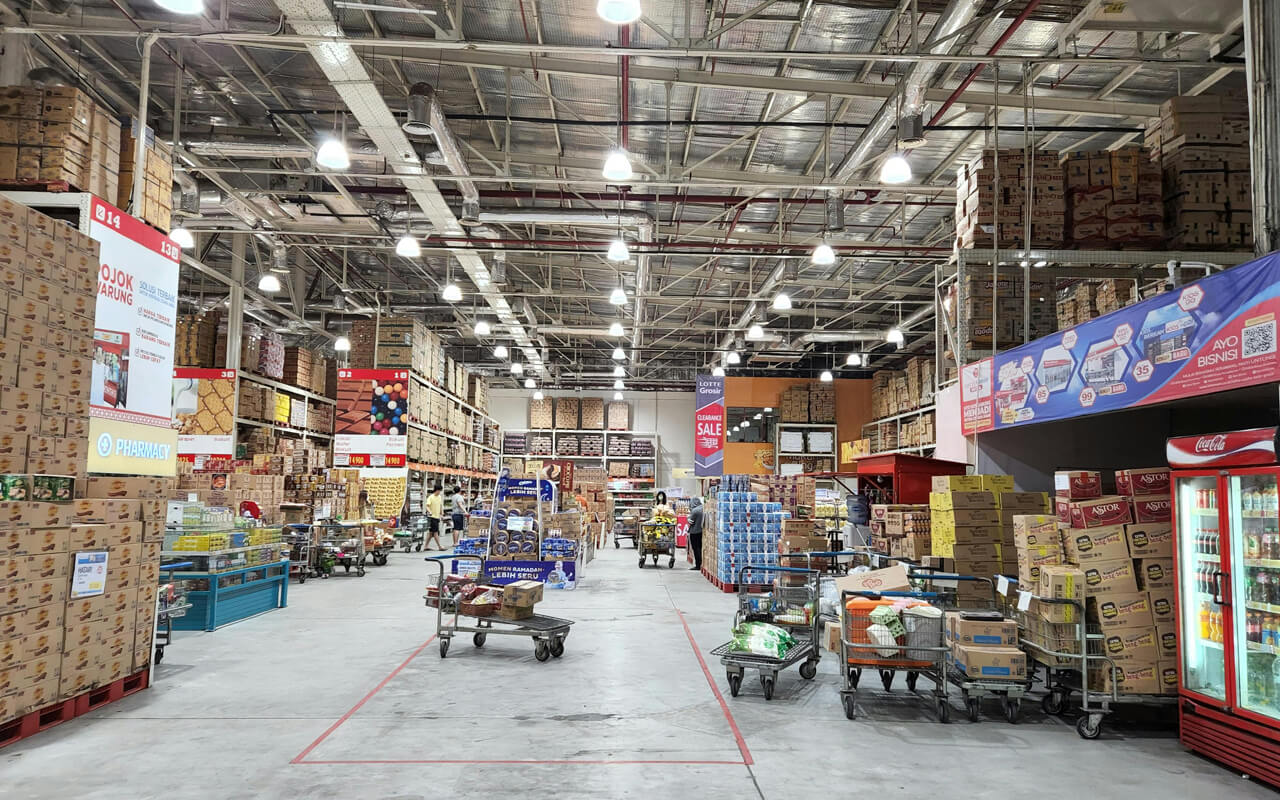
Distribution Centers
These lights facilitate efficient operations in distribution centers, supporting quick and accurate order fulfillment.
Ready to make the switch to energy-efficient lighting
High Bay Lights Customization Options From Murcu
Exterior Design
Clients can choose from various shapes and finishes to match their aesthetic preferences and branding requirements, ensuring the lights seamlessly integrate into their environment.
Color Rendering Index (CRI)
Options for adjusting the CRI allow for optimal color accuracy, making it ideal for settings where true color representation is crucial, such as in art studios or retail spaces.
Voltage
Custom voltage options enable compatibility with different electrical systems, ensuring the lights can be installed in diverse locations without issues.
Luminous Efficiency
Customers can select specific luminous efficiency levels tailored to their lighting needs, optimizing energy use while achieving desired brightness.
Beam Angle
The choice of beam angles (60°, 90°, or 120°) allows users to target light distribution effectively, catering to various applications and environments.
Dimming or Sensor
Integration of advanced features such as dimming capabilities or motion sensors enhances control over lighting, contributing to energy savings and improved functionality.
Custom Your High Bay Lights Step By Step
Consultation
The process begins with an in-depth consultation to understand the client's specific lighting needs, preferences, and application requirements.
Design Proposal
Based on the consultation, a tailored design proposal is created, detailing the customization options available to meet the client's objectives.
Prototype Development
Prototypes of the customized lights are developed for client review, allowing for an initial assessment of design and functionality.
Feedback and Adjustments
Clients provide feedback on the prototypes, and necessary adjustments are made to ensure the final product aligns with their expectations.
Final Approval
Once the design meets the client's satisfaction, final approval is obtained before proceeding to mass production.
Production and Delivery
The customized lights are manufactured and delivered on schedule, ensuring clients receive their products in a timely manner.
Your Custom High Bay Lights Supplier
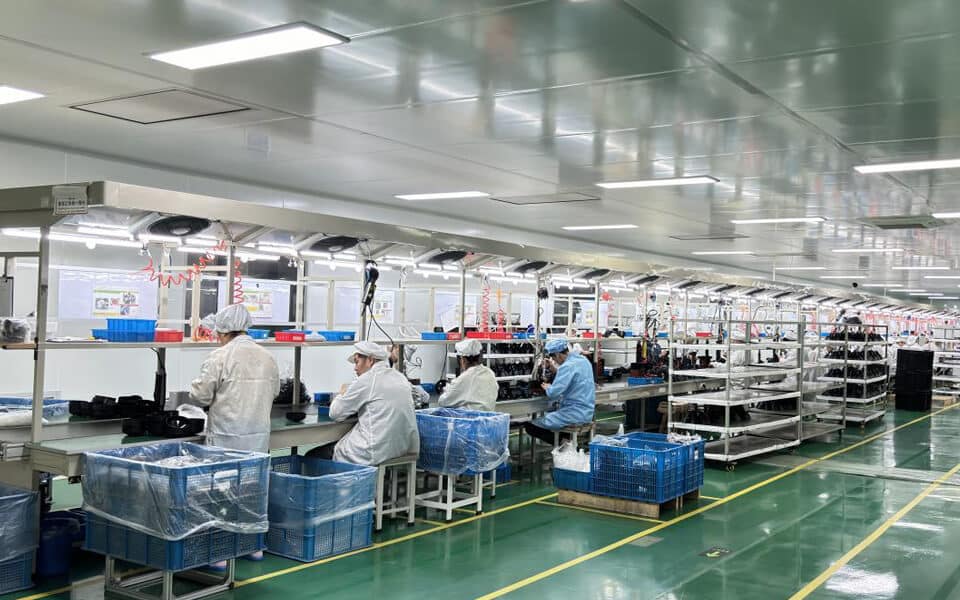
Murcu is a manufacturing-focused supplier specializing in customizable high bay lights designed for industrial and commercial applications. Our commitment to quality control ensures that every product meets the highest performance standards, while our innovative LED technology exceeds energy efficiency requirements, significantly reducing operational costs. We prioritize preserving user habits, ensuring that our lighting solutions enhance familiar environments without disruption. With a passion for environmental responsibility, we create products that contribute positively to the planet. Our focus on embracing challenges drives us to eliminate outdated incandescent bulbs, and our dedication to delivering superior value guarantees exceptional customer satisfaction.
We invite you to explore how Murcu can meet your specific lighting needs. Contact us today for a consultation and discover the perfect high bay lighting solutions tailored just for you!
Your High Bay Light Manufacturer Capabilities
Murcu provides specialized OEM and customization services for high bay lights, with a minimum order quantity (MOQ) starting at 1,000 units. We have successfully developed over 200 customized products for our clients, with more than 60 of these products remaining in continuous production for over three years. This extensive experience highlights our ability to deliver reliable and high-quality lighting solutions tailored to meet specific customer needs.
In addition to our OEM capabilities, Murcu is committed to innovation, introducing no fewer than 10 new self-developed products each year. This focus on research and development ensures that we stay at the forefront of the industry, providing cutting-edge lighting solutions that meet evolving market demands. If you’re interested in customizing your high bay lighting solutions, contact us today to learn how we can help bring your vision to life!
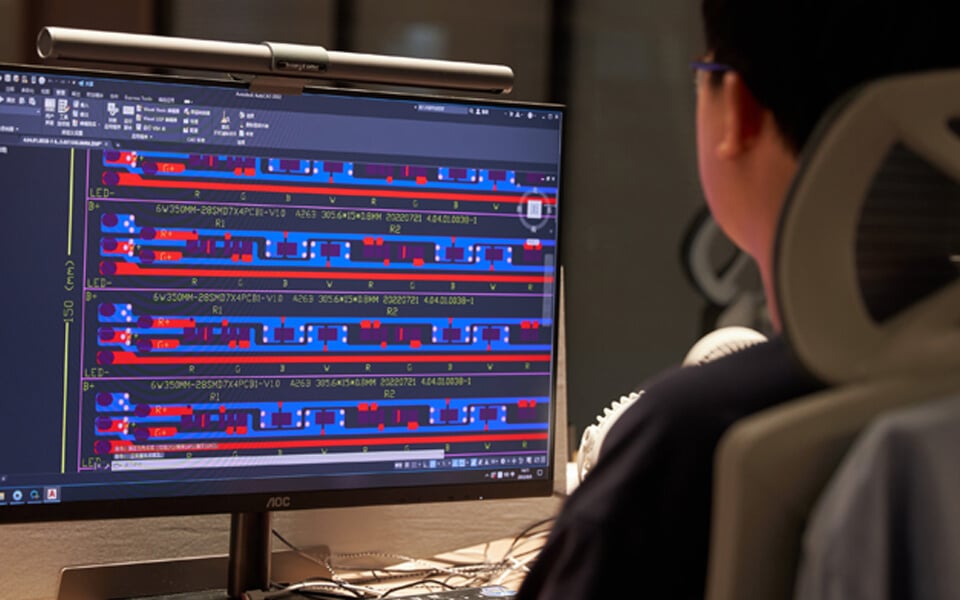
Why Choose Murcu for High Bay Lighting Solutions
Expert Manufacturing
As a specialized manufacturer of high bay lights, Murcu ensures precision engineering and superior craftsmanship in every product we create.
Tailored Solutions
Our high bay lights are fully customizable, allowing us to meet the unique specifications and needs of your industrial or commercial space.
Energy Efficiency Leadership
We lead the industry in energy-efficient lighting solutions, helping businesses reduce energy costs while promoting sustainability.
Rigorous Quality Control
Our commitment to quality is unwavering, with stringent testing processes that guarantee durability and reliability in even the most demanding environments.
Innovative Designs
Murcu continually invests in research and development, ensuring our high bay lights incorporate the latest technology for optimal performance and longevity.
Proven Track Record
With years of experience in the high bay lighting market, Murcu has built a reputation for excellence and customer satisfaction that you can trust.
Ready to make the switch to energy-efficient lighting
LED Highbay Lights Are Your Best Industrial Lighting Upgrade Option
If someone asked you:
Which is the best lighting technology to use in a warehouse or industrial complex?
Would you say:
- “Fluorescents?”No, they are too delicate…
- “Metal Halides?” No, they are too inefficient and unreliable…
- “Incandescent Bulbs?”No way, they have very short lifespans…
- Wait, what about “High-Pressure Sodium (HPS) Lamps?”No, but close enough…
- “LED High Bay lights?” Yes, a hundred times YES.
So:
Why are LEDs the best?
Well, that’s what you are here to find out.
The truth is:
Industrial LED lights have an unrivaled reputation of being very energy-efficient, reliable, durable, high-performance, and cost-effective.
If I put it in simple terms, I’d say:
These are the light fixtures you go for when you want to get better, safer, and brighter lighting at a fraction of the cost of running traditional lighting systems.
Anyway:
In this post, I’ll walk you through everything you need to know about Highbay LED fittings including…
- What they are?
- Available types.
- What they are made of?
- How different are they are compared to similar LED products?
- How do they compare to traditional lighting technologies?
- Where they are used?
- And so many more tips you should know about when dealing with these lights.
So, are you ready?
If so, let’s get down to it…
So enjoy the read…
- What is a High Bay light?
- Why Should You Consider LED High Bay Lights?
- Types of LED Highbay Lamps
- What Are the Materials Used to Make LED High Bay Light?
- Differences Between High Bay Lights and Similar LED Products
- Differences Between LED Highbay Lamps and Other Common Traditional Options
- What Is High Bay Lighting Used For?
What is a High Bay light?
A bay light gets its name from the fact that it is used in commercial and industrial high bays.
Now:
The reason why we call these LEDs “Highbay” lights is that they are usually mounted high (at least 20 feet) above the ground and closer to the roof/ceiling of a building.
Because of their high placement, these fixtures are often high-performance lights that give out an average of 10,000 lumens per fixture.
That way:
They can properly and clearly illuminate a large area while leaving a lot of space between the light and the industrial workspace.
Genius, right?
So:
Why Should You Consider LED High Bay Lights?
We can all agree that:
Successful indoor lighting is always dependent on finding the right kind of light.
Now, correct me if I’m wrong, but the right light should be easy to maintain, durable, cost-effective, and should offer you high-quality lighting among other things.
With that in mind, how do LED Highbay lights fare?
Well:
Here are five perks of using these fixtures:
1. They Save You a Lot of Money
The cost of buying highbay LED lights can indeed be a bit out-of-the-usual compared to traditional lights.
However:
In terms of energy savings, maintenance, and operational costs, these fixtures guarantee you insane savings.
And the best part is that Highbay LED lights prices are on a downward trend because there’s more supply (manufacturers) than there was a decade ago.
2. They are Very Energy-Efficient
As we strive to go green in an effort to save our dying planet, High Bay LED lights are helping us by not only being eco-friendly but also consuming very little energy.
In fact:
With these fixtures, you can cut your energy consumption (and costs) by up to 80%.
Amazing, right?
3. They are the Most Durable Lighting Technology
Fun fact:
If you had a baby girl today and bought an LED High Bay fixture at the same time, the next time you’d have to consider replacing your fixture, your beautiful baby girl would be celebrating her sweet sixteen birthday or even graduating from college.
I know. It’s more than impressive.
Basically, LED lights can last for up to 100,000 hours or 27 years if used for 10 hours every day.
And that is more value for your money than you can imagine.
4. They are Very Safe and Easy to Use
With High Bay LED industrial lighting, you don’t have to worry about poisonous mercury contamination, UV radiation, glare, IR radiation, among other health risks posed by traditional lighting fixtures.
And:
The fact that these fixtures are easy to install, use, and maintain means that you get more time to deal with growing your business rather than looking for lighting solutions every time.
5. They are Aesthetically Appealing
Despite Highbay lights being industrial fixtures, LED versions often improve the appearance of your warehouse and gyms thanks to their brightness and appealing designs.
Note:
A bright and well-lit business is often more attractive to customers because it makes them feel cordial and safe.
Exhilarating stuff, wouldn’t you agree?
Well, there’s more…
Types of LED Highbay Lamps
Now:
Another thing you need to know about these fixtures is the available types.
To date, there have only been two main types of LED highbay lights namely:
- The UFO LED light.
- And the Linear Highbay Fixture.
What’s the difference between the two?
Read on to find out…
What is a High Bay UFO LED light?
The LED UFO Highbay fixture has become common in large warehouses, halls, auditoriums, and so on.
Now:
The UFO is often quite compact, round, with a rugged exterior.
It’s the best replacement for old and inefficient industrial lighting systems like Metal Halides, Highbay HIDs, HPS, and even fluorescents.
Anyway:
Despite being smaller than the linear versions, there are so many things that make the UFO LED highbay light superior.
For example:
- It has a good IP rating; that means that you can use it in food factories and wet environments.
- Wattages range from 80 to 500W.
- A UFO fixture can yield up to 70,000 lumens.
- They have an efficacy of up to 200lm/W.
- Their CRI is impressive because it’s above 70.
- They’re built to withstand impactdue to their rugged industrial-grade exterior.
- They offer multiple mounting optionsincluding pendant, eye hook, and trunnion.
- Their CCT can go up to 5700K; which is very close to natural light (5778K)
Note:
Compared to the Linear Highbay lights, the UFO often has a high luminous efficacy; hence, they are ideal for places with higher lighting needs like factories.
Moving on…
What is a Linear Highbay light?
The Linear is yet another common type of LED High Bay lighting fixture that you may have come across at some point.
It’s usually rectangular (panel-like) and the best replacement for Metal Halides and T5/T8 fluorescent tube style fixtures.
Now:
Due to their panel like design with linear LED strips, these fixtures can yield bright and evenly distributed light with ease.
You can get these fixtures with wattages 87W and lumen outputs 12,180 lumens.
Anyway, a lot of the features and perks of the linear are the same ones you get with the UFO.
But:
There are differences.
For example, linear highbay LED lights are not designed for wet environments. Standard versions of this fixture have an IP rating of IP65.
They are also not ideal for high impact zones and that’s why it’s always recommended that you use the UFO in impact zones instead.
On the plus side:
You get amazing features like motion sensors and dimming with this type of highbay LED.
What Are the Materials Used to Make LED High Bay Light?
In order to ensure durability and the ability to withstand busy and harsh industrial environments, highbay lamps are always made using high-quality materials including aluminum, glass, and robust plastics.
Take the UFO, For example.
This fixture comprises of several components including:
- An LED Driver– This is usually the most important part of an LED fixture. It’s responsible for almost all operations including AC to DC conversion, surge protection, and electrical current regulation among other things.
- A Heatsink/Grill/Radiator – it helps with heat dissipation and keeping the fixture cool. Fun fact; do you know that LEDs operate better under cooler temperatures.
- A PCB Board –PCB is an abbreviation of the words Printed Circuit Board. This is where all the electrical circuits and LED chips are.
- A Reflector –This is the mirror-like cone at the bottom of a fixture that’s used to direct light to where it’s needed.
Now:
With the linear version, there are some differences.
For example:
- It Has a Rectangular Shaped Aluminum Casing– the exterior is made of aluminum with anti-wear and anti-corrosion capabilities.
- In Most Cases, You Won’t Find a Grill/Heatsink – these fixtures are flat, panel-like which makes heat dissipation fast and easy.
- Linear LED Strips – Unlike in the UFO where you’ll find a PCB board, this version features two linear LED strips. However, the chip densities might differ depending on the fixture you buy.
So:
As you can see, different types of high-bay lights are made using the same materials and parts, but with a few differences in design and sometimes additional materials.
That said, there has been a lot of confusion surrounding these lights.
And to solve that, here are a few things you should know:
Differences Between High Bay Lights and Similar LED Products
Have you ever wondered:
- What’s the difference between High and Low Bay Lights?
- Is the floodlight the same as a highbay lights?
- What’s the difference between the linear and UFO lights?
Well, it’s only natural to be curious seeing as there are many types of LED light fixtures that look so alike.
But:
To help you tell them apart easily, here are how different types of LEDs differ from Highbay lamps…
What Is the Difference Between an LED Linear High Bay Light & LED UFO Light?
So:
Both Linear and UFO High Bay LED lights are the same and serve the same purpose as industrial lighting fixtures for warehouses, garages, and factories.
However, there are a few differences between them; mainly, in design and performance.
For instance:
The UFO LED is round and greatly resembles an “alien spaceship;” hence, the name UFO (meaning Unidentified Flying Object)
UFO fixtures are usually high-performance lamps that offer high lumen outputs while using very little energy.
These high fixtures are often robust and built to work in wet and high-impact zones of a factory.
Not to mention the fact that they look stylish and help to improve the overall aesthetics of an industrial space.
On the other hand, there’s the Linear Highbay fixture.
These fixtures are often rectangular and are fitted with two LED strips.
Ideally, the linear highbay fixture should be used in less busy or dryer parts of a factory; that’s because they have a very low IP rating and can easily break when hit by projectiles.
Therefore, you can use these in car dealerships, garages, and exhibition halls.
Alright, moving on…
What's the Difference Between High Bay and Low Bay Lights?
Note:
Both these fixtures are called bay lights because they are usually meant for commercial and industrial use.
However, the main differences between these two are:
- Low Bay LED lights are often placed between 12 and 20 feet above the floor while the high bay fixtures are used in large rooms and are placed over 20 feet above the floor.
- Another difference is that high-bay lights are often more powerful (+150W) than low bays (60 – 100W).
- Low bay lights have a wider beam angle of 1200while the highbay lamps have a 900
- You’ll find lowbay lights in supermarkets, workshops, and grocery stores. On the other hand, highbay lights are common in warehouses, airplane hangars, and food factories.
What Is the Difference Between an LED Floodlight and a High Bay LED Light?
What is a floodlight?
Well, it is a broad-beamed, high-intensity fixture that is often used to evenly illuminate large areas; especially outdoors.
Unlike High bay lights that hang from a ceiling, flood lights are often mounted in a way that allows users to tilt the fixture angle and change the direction of light.
Anyway:
One of the biggest qualities that sets these two light fixtures apart is the fact that LED flood lights offer a uniform, yet long-range, illumination.
And you can adjust exposure range by moving the fixture back, forth, or higher.
Basically, a single floodlight can illuminate a large area with ease; which means that they are way stronger and brighter than high bay lights.
Now:
Due to their high-intensity lighting capabilities, flood light LEDs are common in outdoor sporting fields, as security fixtures, and in larger warehouses.
You can also use floodlights in:
- Squares.
- Parks.
- Estates.
- Art venues.
- Construction sites.
- Golf courses.
- Gas stations and so on.
Get this:
As far as industrial lighting is concerned, these two fixtures – the LED flood light and high bay – can be used interchangeably.
However, if you are looking for a stronger and higher-performance lighting fixture, the floodlight is the obvious answer.
So:
Now that you know the differences between LED high bay lamps and the other LED lights people often mistake them for, the next thing is to look at how this fixture fares compared to traditional lighting sources…
Differences Between LED Highbay Lamps and Other Common Traditional Options
It has been touted over and over again that; LEDs are the light fixtures of the future.
And the truthfulness of that statement is evident in the fact that people have been switching to LEDs of late.
Now:
Before LEDs, people have been using traditional fixtures like fluorescents, incandescent bulbs, metal halides, and high-pressure sodium lamps…
All of which were great – the best option – at a certain point in time.
But:
Then came LED light technology – a game-changer in the lighting industry.
LEDs are better than all other lighting technologies combined.
And the fact that you get to enjoy all the perks of good lighting in one fixture is the reason why you should consider replacing your fluorescents, metal halides, and HPS lamps with LED highbay fixtures.
Anyway:
To better understand the benefits of using LEDs, you must first know how they compare to traditional lights.
Here are a few comparisons to look at:
LED Lighting Vs Metal Halide High Bay Lights
If you are familiar with industrial lighting, you know that Metal Halides (MH) have been the most used light fixture to light up large indoor spaces.
In fact, you may have seen these fixtures in a ballgame or a food processing plant.
Now:
A decade ago, metal halides would have been your best lighting option for illuminating large spaces with high roofs/ceilings.
And that’s because they have impressive color rendering capabilities (CRI ranges between 70 and 95) than most other fixtures including LEDs.
In terms of cost, Metal Halides carry an almost similar price tag to LEDs. However, the former’s usage and maintenance can be quite expensive compared to the latter.
Another downside to MH lamps is that they take up to 30 minutes to warm up and achieve maximum brightness.
Insane, right?
Considering that LEDs switch on and of instantly; while offering the same amount of brightness and high-performance lighting.
Also:
With LED High Bay warehouse lighting you don’t have to worry about energy wastage in the form of heat as is the norm with metal halides.
To summarize this, here’s a simple comparison table:
Quality | High Bay LED Lights | Metal Halide Highbay Lamps | Winner |
Maximum Luminous Efficacy | 180lm/W | 100lm/W | LED |
Maximum Durability | 100,000 Hours | 16,000 Hours | LED |
Maximum CRI | 95 | 98 | MH |
Maximum CCT | 6,000K | 20,000K | MH |
Directionality | 1800 | 3600 | LED |
Initial Cost | $$$ | $$ | MH |
Operational Cost | $ | $$$$ | LED |
Heating Issues | No | Yes | LED |
Additional Features | Many | Few | LED |
Instant Switching | Yes | No (20 to 30 minutes) | LED |
It’s clear to see that LED highbay lights reign supreme over metal halides from the table above.
But:
How does it compare to HPS lamps?
LED High Bay Lighting Vs High Pressure Sodium (HPS) Lights
High-Pressure Sodium lamps are the next big thing in traditional lighting.
They were very common in warehouses, recreational centers, workshops, factories, and so on.
Now:
Unlike Metal Halides, HPS lamps are more efficient; in fact, almost as efficient as LED lights.
Moreover, they are very affordable and cheaper to maintain compared to metal halides and other traditional industrial lights.
And the best part is that they have a longer lifespan than all other light sources except LEDs.
Get this:
Despite all these impressive perks of HPS lights, the only advantage it has over LEDs is its affordability upfront.
However, the LED is better in all other aspects.
Also:
Aside from the “White” SON HPS fixture, other versions of High-Pressure Sodium lamps have a very poor CRI; meaning it’s harder to tell apart colors under these fixtures.
Not to mention the fact that their maximum CCT stands at 2700K.
Below is a table that summarizes how HPS high bay lamps compare to LED versions of the same:
Quality | High Bay LED Lights | High-Pressure Sodium Lamps | Winner |
Maximum Luminous Efficacy | 180lm/W | 160lm/W | LED |
Maximum Durability | 100,000 Hours | 24,000 Hours | LED |
Maximum CRI | 95 | 85 (White SON) | LED |
Maximum CCT | 6,000K | 2,700K | LED |
Directionality | 1800 | 3600 | LED |
Initial Cost | $$$ | $$ | HPS |
Operational Cost | $ | $$$ | LED |
Heating Issues | No | Yes | LED |
Additional Features | Many | Few | LED |
Instant Switching | Yes | No (10 to 15 minutes) | LED |
If you had any doubts about LED superiority over HPS lamps, this table sums it all up.
However:
If you are still wondering:
How does the Highbay LED compare to Fluorescents?
Read on to find out.
LED Highbay Lights Vs Fluorescent Lighting
Although not a common feature in heavy industrial settings, fluorescents like the T12/T8/T5 have been used as high bay lights in garage shops, businesses, auditoriums, and large halls.
And much like the HPS highbay lights, fluorescents were known to be relatively affordable, efficient, aesthetically appealing, and great for large indoor spaces.
However:
There were a lot of setbacks when it came to using these fixtures.
For example:
Fluorescent tube lights flicker a lot before turning on which can cause a lot of visual inconvenience and time wastage; i.e. not ideal during emergencies.
Also, due to their weak glass tubes, it is impossible to use these fixtures in high impact zones of a commercial space.
And to make matters worse, breakage of a fluorescent tube release toxic substances like mercury and phosphor into the atmosphere and that can be dangerous for human health and the environment.
This is why people are opting for LEDs because they address and fix all these setbacks and more….
Here’s a summary of the differences between LEDs and fluorescent high bay lights:
Quality | High Bay LED Lights | Fluorescent Tube Fixtures | Winner |
Maximum Luminous Efficacy | 180lm/W | 90lm/W | LED |
Maximum Durability | 100,000 Hours | 20,000 Hours | LED |
Maximum CRI | 95 | 90 | LED |
Maximum CCT | 6,000K | 6500K | Fluorescent |
Initial Cost | $$$ | $$ | Fluorescent |
Operational Cost | $ | $$$ | LED |
Fixture Rigidity | Strong | Weak | LED |
Contains Toxins | No | Yes | LED |
Affected by Switching | No | Yes | LED |
LEDs are impressive, right?
Well, that’s just about everything you need to know about high bay LED fixtures.
But before we wrap this post up, there’s one more question that needs to be answered…
What Is High Bay Lighting Used For?
This is a common question among those who aren’t sure whether they need to install high bay LED fixtures in their commercial and industrial spaces.
However, you should note that high bay fixtures are used in so many areas due to their impressive features and perks.
For example, you can use them in:
- Warehouse Lighting
- As Garage Lights
- For Industrial Lighting
- As Shop Lights
- Event Centers
- Large Conference Halls
- Loading Bays
- Supermarkets
- Department Stores
- Factories
- Food Processing Plants
- Hangars and so much more…
In Conclusion…
Are you convinced?
Well, you should be.
LED lights are not only excellent high bay lights but also great energy-saving fixtures.
Using them will lower your operational costs as well as ensuring you get high-quality and durable lighting.
Anyway:
That’s all for today.
Do you have any questions about this topic?
If so, please let me know in the comments section below…

